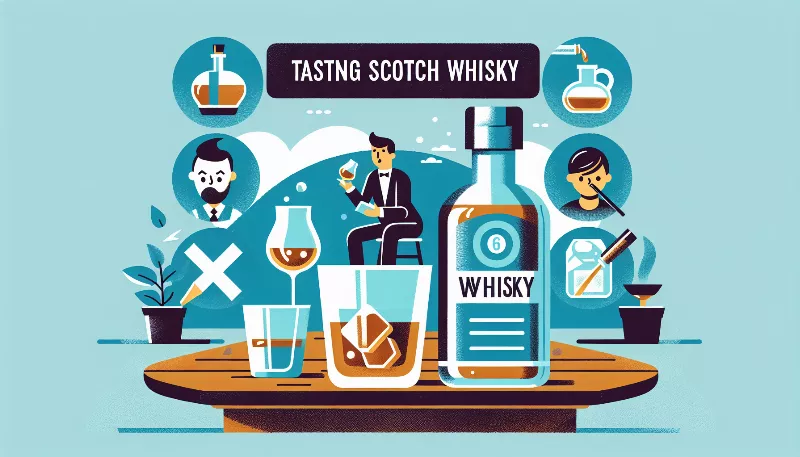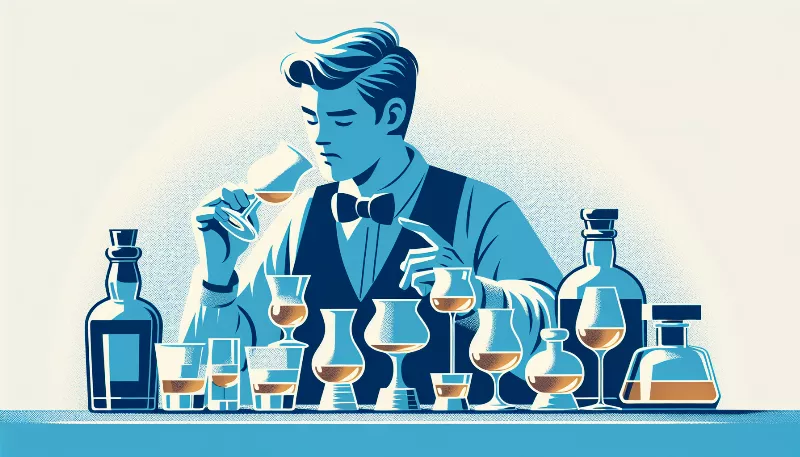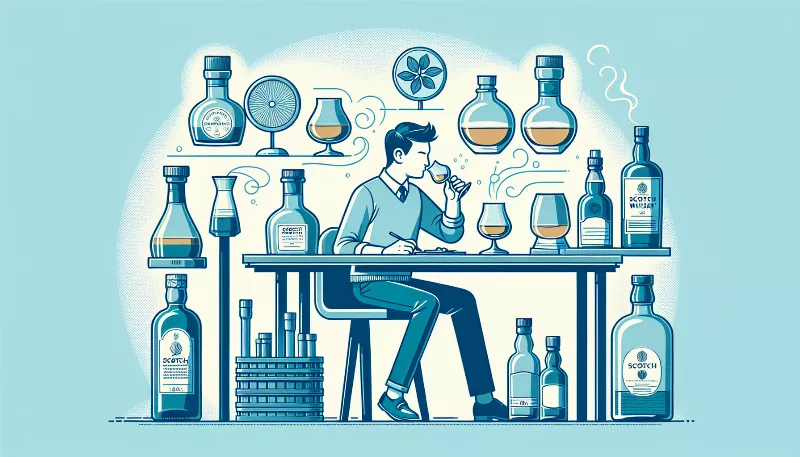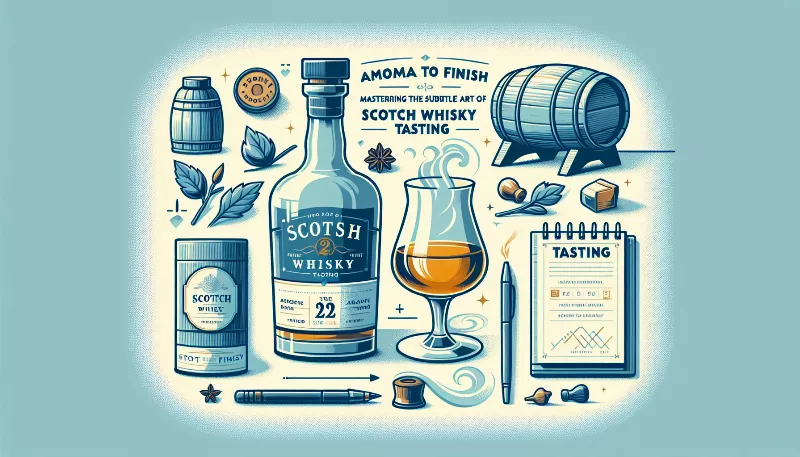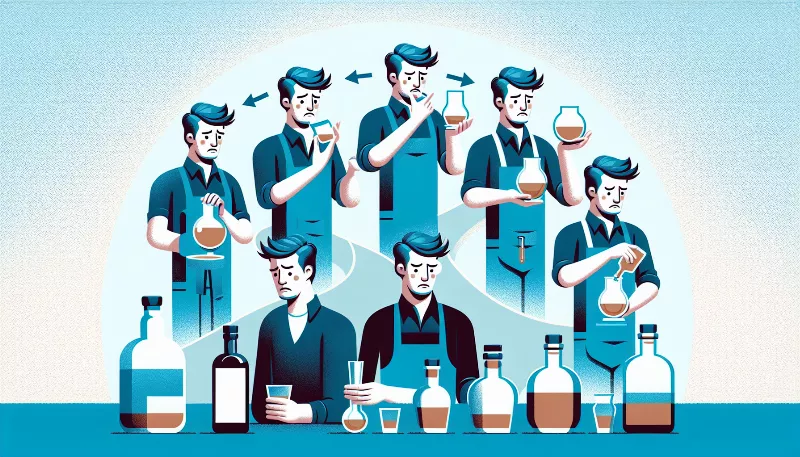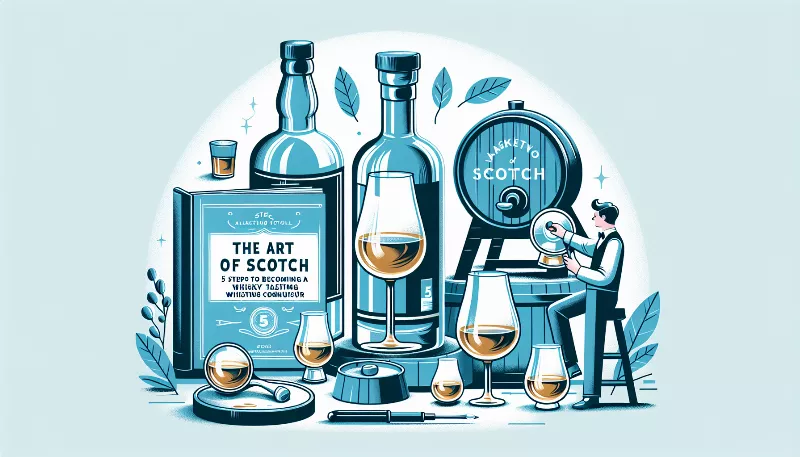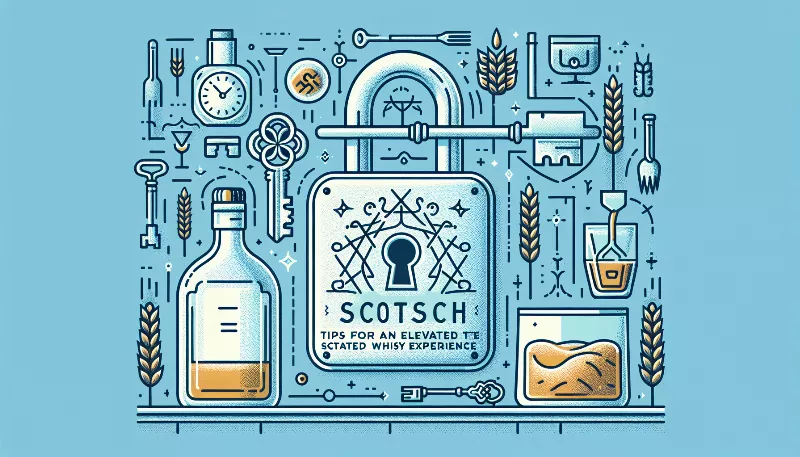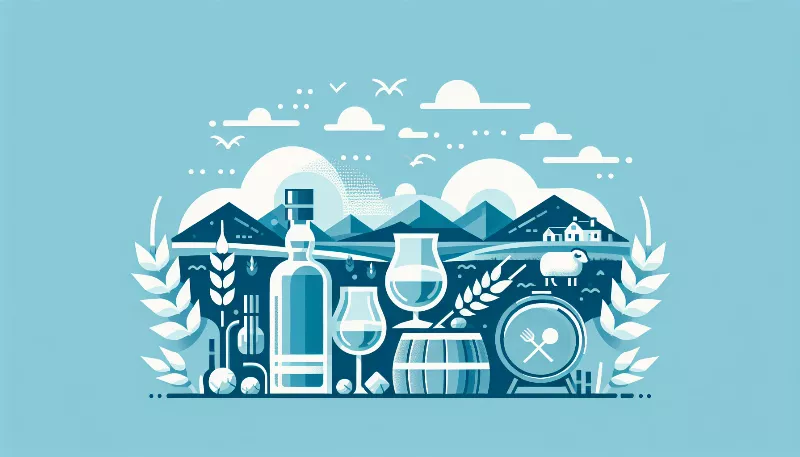Can you explain the significance of age statements on bottles of Scotch whisky?
Unlock the mystery behind Scotch age statements! Learn how years shape flavor & quality in our expert whisky guide. Savor the age-old wisdom.
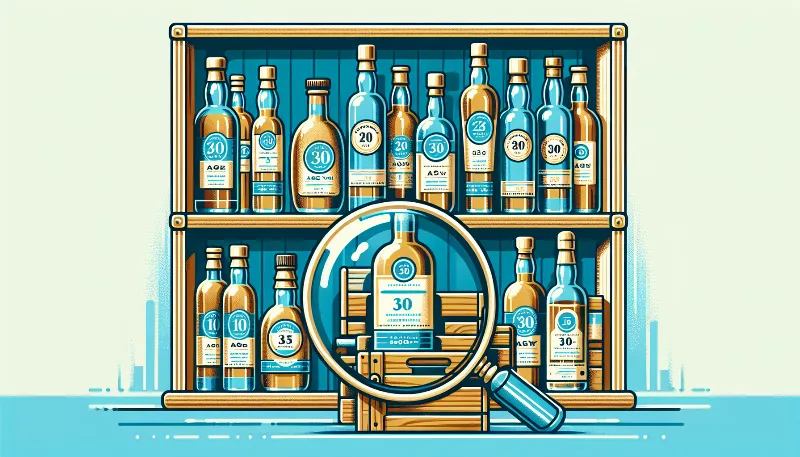
The Time-Honored Tradition of Aging Scotch Whisky
When it comes to appreciating the fine nuances of Scotch whisky, one cannot overlook the significance of age statements that grace the labels of these amber-hued elixirs. These numbers are not just mere digits; they are a testament to the time-honored tradition of aging, which is integral to the character and complexity of the whisky within each bottle. The age statement on a bottle of Scotch whisky indicates the minimum number of years the youngest whisky in the blend has spent maturing in oak barrels, developing its unique flavor profile.
A Marker of Quality and Character
For connoisseurs and casual sippers alike, the age statement serves as a marker of quality and character. It's a promise from the distiller that the spirit has been nurtured for at least as long as the number on the label, allowing the natural alchemy of time, wood, and whisky to work its magic. As the whisky ages, it absorbs the intricate flavors from the cask, mellows out, and gains depth, resulting in a more rounded and nuanced taste experience.
The Legalities Behind the Numbers
In the world of Scotch whisky, age statements are not just for show; they are strictly regulated by law. According to the Scotch Whisky Regulations, if an age is stated on the bottle, it must reflect the youngest whisky in the mix. This ensures transparency and honesty in the industry, giving consumers confidence in the heritage and authenticity of the product they are purchasing.
Why Age Matters: The Maturation Process
The maturation process is where the magic happens. Over the years, the whisky interacts with the oak cask, breathing in the air around it, expanding and contracting with the seasons. This dance between the spirit and the wood imparts rich flavors of vanilla, caramel, fruit, and spice, while also softening any harshness. The longer the whisky matures, the more complex and mellow it becomes, often acquiring a smoother finish and a more pronounced bouquet.
Decoding the Age Statement: A Journey of Flavor
Decoding the age statement on a bottle of Scotch whisky is like embarking on a journey of flavor. Younger whiskies, typically those aged 10 years or less, tend to exhibit vibrant and lively characteristics, with fresh fruit notes and a certain zestiness. As we venture into the realm of whiskies aged 12 to 18 years, we encounter a balance of maturity and vigor, with added layers of complexity and a richer mouthfeel. Beyond 18 years, Scotch whiskies enter the echelons of the truly venerable, offering a symphony of deep, resonant flavors and an elegance that can only be achieved through extended aging.
Age Is But a Number, Yet It Tells a Story
While the age statement is an important indicator of what to expect from a Scotch whisky, it's essential to remember that it is but one factor in the grand tapestry of whisky craftsmanship. The type of cask used, the environment in which it's aged, and the distillation process all play pivotal roles in shaping the final product. An age statement tells a story of patience, care, and the passage of time, inviting us to savor not just a drink, but a liquid narrative crafted over years.
Embracing the Age Statement with Enthusiasm
As we explore the world of Scotch whisky, let us embrace the age statement with enthusiasm and curiosity. It's a doorway to understanding the dedication and artistry that goes into every bottle. Whether you're drawn to the bold spirit of a younger Scotch or the refined dignity of an older one, the age statement helps guide your palate to the experiences you seek. So, raise a glass to the age statement, for it is a seal of the whisky's journey through time, and a hint of the pleasure that awaits within.

